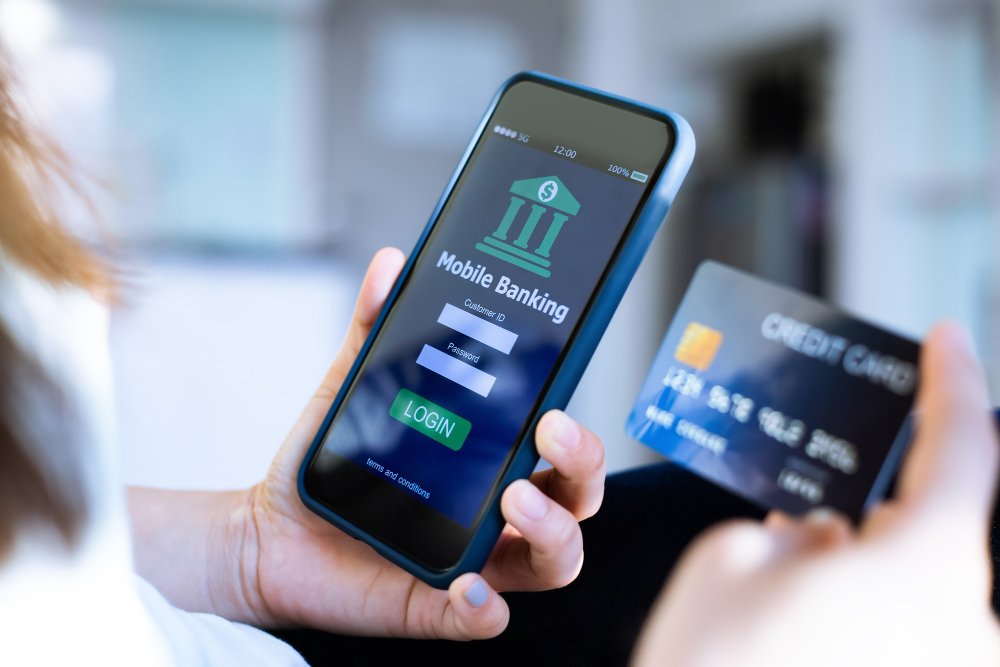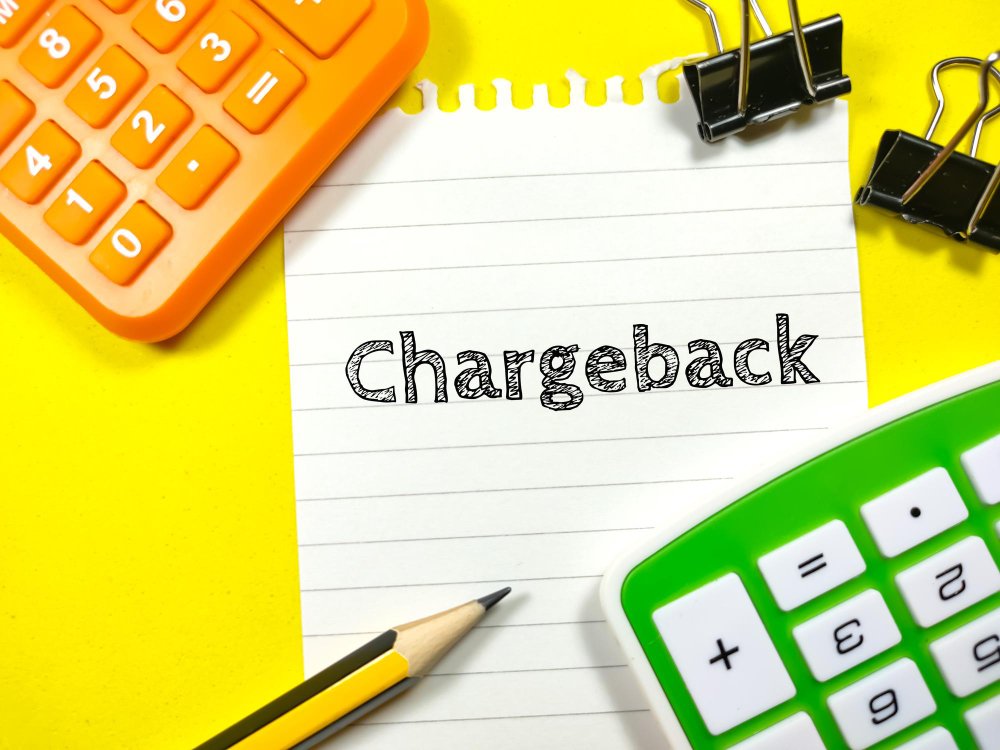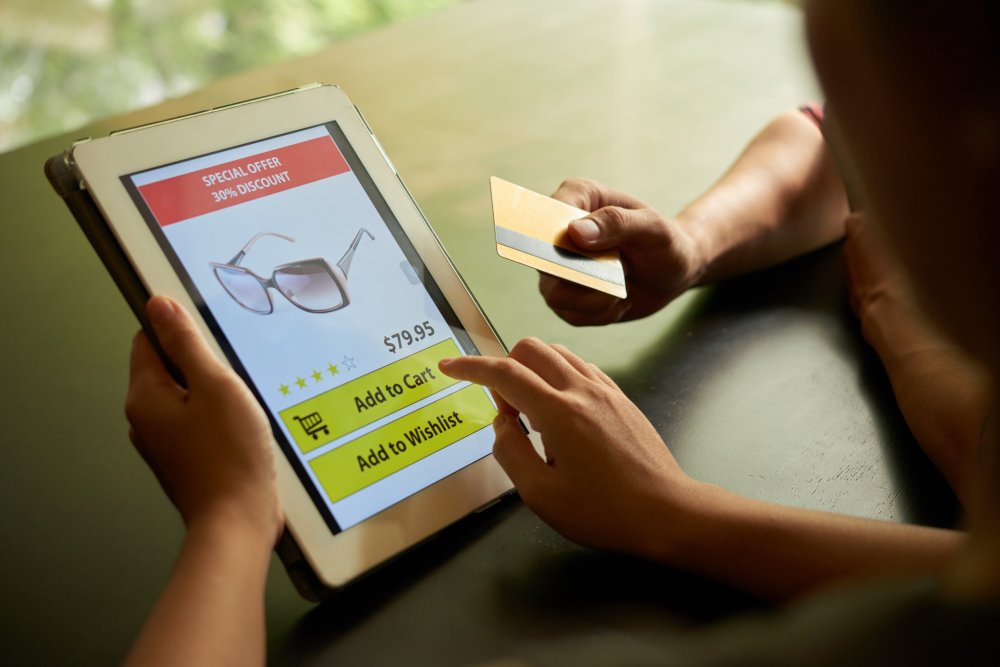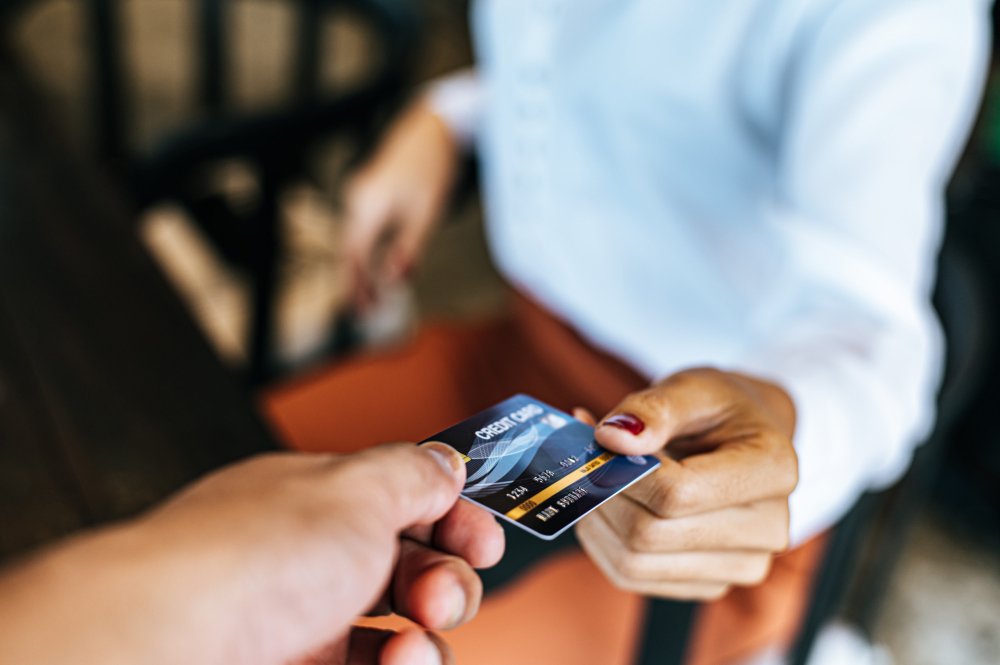The Evolution Of Digital Payments: Exploring Card And Mobile Payout Solutions
Digital payment evolution has revolutionized how we transact and conduct business. The convenience, speed, and security of digital payment solutions have transformed traditional payment methods and opened up new options for businesses and consumers alike.
The significance of exploring card and mobile payout solutions cannot be overstated.
According to recent studies, digital payments are experiencing unprecedented growth worldwide. In particular, the global mobile payment market is projected to reach a staggering $494.5 billion by 2030, growing at a CAGR of 27.2% over the analysis period 2022-2030. This exponential rise can be attributed to several factors, including technological advancements, changing consumer behaviors, and the increasing adoption of smartphones.
We will shed light on the benefits of card and mobile payout solutions as we delve into digital payments. From enhanced security measures to seamless user experiences, these payment options offer unparalleled advantages to businesses and individuals. By utilizing cards and mobile devices as payment tools, businesses can streamline transactions, reduce operational costs, and cater to the growing needs of tech-savvy customers.
Definition And Concept Of Digital Payments
Digital or electronic payments encompass the seamless transfer of monetary value between payment accounts through digital devices or channels. This comprehensive definition encompasses a range of payment methods, including bank transfers, mobile money transfers, QR code transactions, and various payment instruments such as credit cards, debit cards, and prepaid cards.
Please be aware that digital payments can be conducted both online and in physical locations. For instance, when you make a purchase on Amazon and utilize UPI as the payment method, it is considered a digital payment. Similarly, suppose you opt to pay via UPI instead of using cash when buying items from a local store. In that case, it is also classified as a digital payment.
Card Payout Solutions
Card payouts are a payment that businesses can make to their customers, employees, or other stakeholders. They involve the transfer of funds from a merchant account to a debit or credit card.
Instant card payouts are made in real-time, typically within 30 minutes. This type of payout is often used for gambling winnings or other types of payments where speed is essential. It can also be Scheduled regularly, such as daily, weekly, or monthly. This type of payout is often used for paying employees or suppliers.
There are several types of payment cards, the most common being:
- Credit cards
- Debit cards
- Prepaid cards
A payment card is often electronically connected to one or more of the cardholder’s accounts. The card is a method of verifying the cardholder’s identity for these accounts, which might be bank, loan, or credit accounts. However, stored-value cards don’t always connect to an account at a financial institution; instead, the money is kept on the card itself.
It might also be a smart card with a special card number and security details like an expiration date, or it could include a Magnetic stripe on the back that lets different devices read and access information. Depending on the issuing bank and the client’s preferences, the card may be utilized as an ATM card, enabling transactions at automatic teller machines. This debit card can be linked to the customer’s bank account and usable for purchases at the POS or as a credit card attached to a revolving credit line provided by the bank.
Advantages Of Card Payout Solution
Card payouts offer several advantages over other payment methods, such as bank transfers or checks. They are:
- Fast: Card payouts can be made in real-time, which is much faster than bank transfers or checks.
- Convenient: Customers can receive their payouts directly to their debit or credit card, which is a convenient way to get paid.
- Secure: Card payouts are processed through the same secure networks that are used for credit and debit card transactions.
- Reduction in administration: Less administrative work is required since, regardless of how many transactions you make, using a business credit or charge card just requires one monthly payment. Itemized monthly statements can facilitate your administrative and accounting processes.
- Globally recognized: Most cards are accepted everywhere; utilizing cards to pay for items when traveling abroad may result in better currency rates.
Mobile Payout Solutions: Overview Of Mobile Payment Technologies
The seamless transfer or settlement of money, generally for bills, goods, and services, refers to mobile payment. A mobile device is used as the main method of performing and validating the transaction. This contemporary payment method includes several technologies, including mobile browsers, SIM toolkits, and digital wallets.
Mobile payment is a key element of the wide variety of mobile financial services (MFS) currently offered, and it acts as a vital entry point to many other financial services available via mobile devices. Additionally, with the emergence of cryptocurrencies, a growing number of people have adopted these digital assets for use as payment methods, as well as for trading, saving, and investing.
How Does Mobile Payout Solutions Work
Customers may access financial transactions conveniently with mobile money services without opening a regular bank account. People may easily register using a simple mobile phone with a designated mobile money agent. These representatives provide a mobile wallet or virtual account that is easily connected to the client’s cell phone number.
Users may carry out a variety of transactions using this cutting-edge technology with the least amount of physical interaction.
Customers can utilize a user-friendly mobile money menu system, such as the SIM toolkit with SMS notification delivery, USSD, or a specialized mobile application, to make the procedure easier.
When customers utilize a mobile wallet, they can effortlessly hover or tap their smartphone over a payments terminal equipped with near-field communication (NFC) capabilities. The integration of advanced technology within both the mobile device and the terminal enables the secure transmission of encrypted payment data via radio-frequency identification (RFID) communication between the two devices.
- User Registration: Users have to create an account as the initial step. Typically, this entails setting up a strong password and supplying personal information like name, email address, and phone number.
- Linking Bank Account or Wallet: After registering, consumers have to link their bank account or digital wallet to their account with the mobile payment solution. This makes it possible for money to move easily across a user’s accounts.
- Verification: Users might need to go through a verification process in order to maintain security and stop fraudulent actions. Giving identifying papers or going through a two-factor authentication procedure, such as getting a verification code through SMS, might be included in this.
- Loading Funds: Users may now put money into their accounts. This may be accomplished in many ways, including money transfers from connected bank accounts, cash deposits at approved agents, and receiving money from other users.
- Making Payments: Users can send money to businesses or private persons using the funds in their mobile accounts. You may accomplish this by reading QR codes, providing the recipient’s information, or making contactless payments via near-field communication (NFC) technology.
Mobile Payment Methods
- Mobile wallets: Using a mobile wallet makes it simple for you to make purchases offline or online from businesses that have been set up to accept payments using the wallet. Due to the technology used to safeguard your account information, it is more secure than actual payment cards.
- QR code payments: To execute a transaction, QR code payments utilize the information about the merchant and payment provider included in the barcode-looking picture. After being scanned, users are sent to a payment page where they may input their preferred payment information or finish the transaction using a mobile payment service like Apple or Google Pay.
- Peer-to-peer (P2P) payment: P2P payments enable users to send and receive money rapidly while protecting the confidentiality of customer bank account information. The recipient’s phone number or email address is all that is needed to send a payment; you may add someone as a contact within the app or website using one of those details.
Advantages Of Mobile Payout Solutions To Your Business
- Seamlessly Integrate Loyalty Programs – By leveraging the storage of customer information within mobile payment apps, it becomes effortless to distribute coupons or discounts to specific customers, rewarding them for their repeat purchases.
- Gain Actionable Insights from Data Analytics – Adopting a mobile point-of-sale system grants you immediate and secure access to vital customer data. This valuable information empowers you to understand your existing customers’ purchasing behavior. It enables you to tailor your products, services, or overall customer journey funnel for enhanced personalization.
- Stay Competitive by Offering Diverse Payment Options – To ensure customer satisfaction, it is crucial to provide various mobile payment methods. You can outshine competitors and attract more frequent visits by accommodating multiple payment preferences through mobile payments. Consider investing in an mPOS system that offers superior features and functionality.
- Enhance Cash Flow Efficiency – By embracing mobile payment solutions, you can accelerate the inflow of funds. Customers can conveniently make payments if they have their personal mobile devices, increasing the likelihood of receiving payments from those who prefer mobile wallets.
Conclusion
With a specific emphasis on card and mobile payout solutions, the development of digital payments has fundamentally changed how we conduct business. We have seen a tremendous transition from conventional cash-based transactions to the efficiency and convenience of digital payment options.
Card payments have significantly influenced this development. The growing use of credit and debit cards has made it possible for customers to make safe and easy payments at different point-of-sale terminals. With the advent of contactless payments and near-field communication (NFC) technology, the procedure has become even simpler because people can now make purchases with just a tap or wave of their card.
Mobile payout solutions have emerged as a game-changer in the digital payments landscape. People may now conduct transactions using their mobile devices. Thanks to the quick uptake of smartphones and the creation of mobile payment apps. Mobile payout solutions provide a degree of ease and accessibility previously unthinkable, whether for paying bills, sending money to friends and family, or making purchases in physical or online stores.






